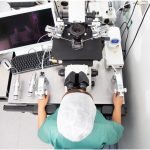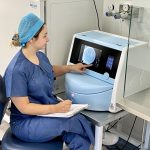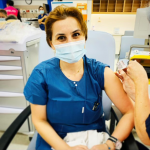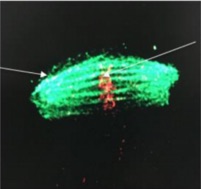
The meiotic spindle is a very important part of the egg (oocyte). It is responsible for dividing the chromosomes from the mother in half, and removing them from the oocyte – such that when the sperm arrives it brings the other half of the chromosomes from the father, which the embryo needs to start development.
Some studies have suggested that if the meiotic spindle becomes damaged or unable to function properly, then the chromosomes will not be correctly halved. If this happens, the embryo which results may have too many or too few chromosomes and is said to be ‘aneuploid’.Most aneuploid embryos fail to develop, however there are some instances which can develop to term. The most commonly recognised example are Down Syndrome babies – in which the child has an additional copy of chromosome 21.
Scientists around the world are studying the meiotic spindle and trying to understand more about how it works, and how we can support its function in the laboratory.
Research embryologists at Westmead Fertility Centre have been working with oocytes from mice as a model for humans. We are hoping to study the impact of different laboratory conditions on the meiotic spindle, and how this may iinfluence the chances of successful pregnancy. Below are some pictures of the meiotic spindle (stained green) in mice oocytes which are separating the chromosomes (purple or red).
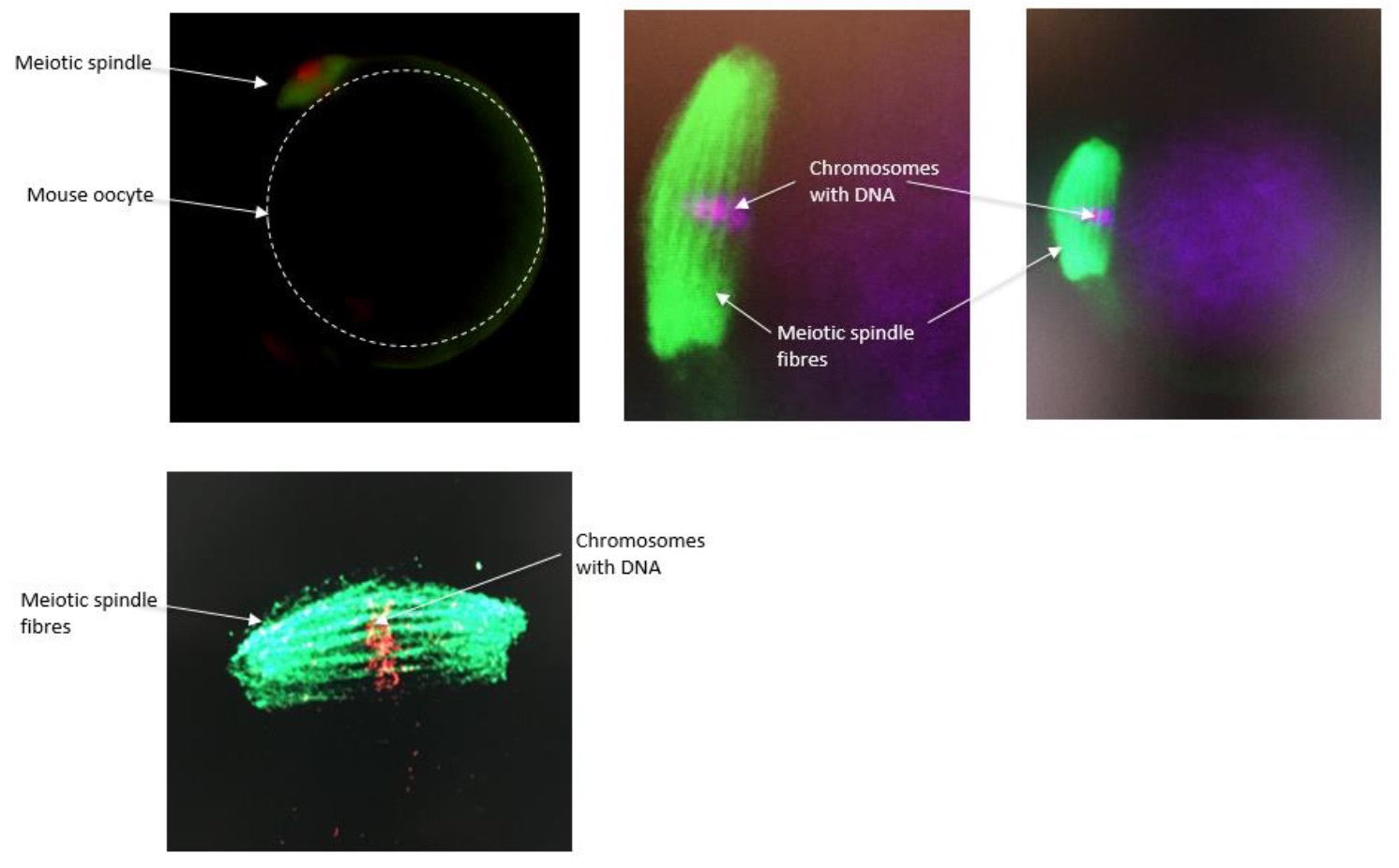
Our commitment to research and on improving pregnancy outcomes are reasons why you may want to talk to us at Westmead Fertility Centre if you are having trouble conceiving.




